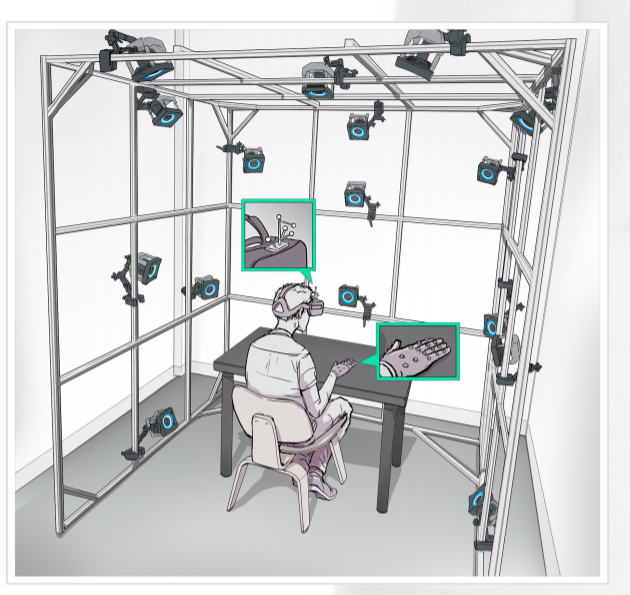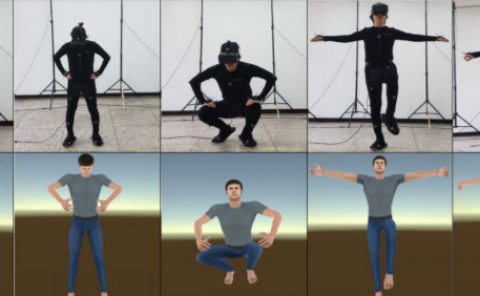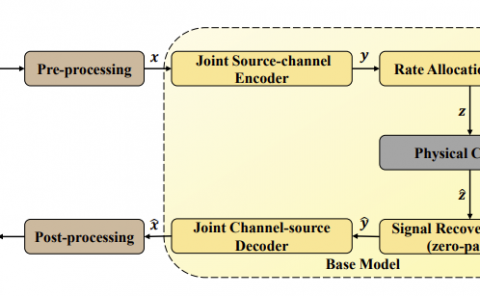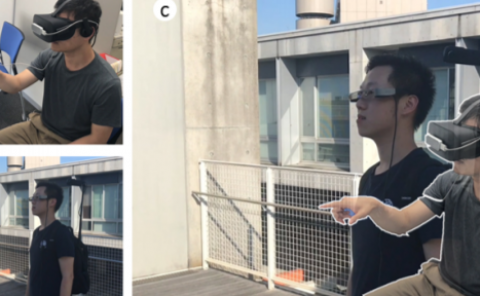A common cause in the phenomenological and sensorimotor correlates of body ownership
Title: A common cause in the phenomenological and sensorimotor correlates of body ownership
Teams: Facebook
Writers: Majed Samad, Cesare Parise, Sean Keller, Massimiliano Di Luca
Publication date: June 16, 2018
Abstract
The feeling that our limbs belong to our body is at the core of bodily self-consciousness. Over the years, limb ownership has been assessed through several types of measurements, including questionnaires and sensorimotor tasks assessing the perceived location of the hand with a visual-proprioceptive conflict. Some studies report a correlation between the phenomenological and sensorimotor measures, whereas others report no relationship. This inconsistency dispels a unified operational definition of limb ownership. We sought to jointly record these two measurements to assess whether they originate from the same process. To that end, we used state-of-the-art hand tracking technology in virtual reality to induce ownership over a virtual limb while we parametrically manipulated spatial and temporal incongruences. Participants reported the subjective ownership and pointed to a target without seeing their hand to assess perceived hand location. Results show a surprisingly tight correlation between phenomenological and sensorimotor measures. We frame limb ownership as a multisensory integration problem, whereby the brain computes the probability that visual and proprioceptive signals have a common cause–and thus that the visually presented hand belongs to one’s body–and based on this determines the perceived hand location considering the reliability of the sensory signals. The outcome of the computation thus determines both the position of the hand and the strength of the ownership on which the subjective feeling should be based. We show that a Bayesian Causal Inference model closely captures human responses in both tasks, reconciling a fragmented literature and suggesting that body ownership can be well explained by a normative framework that has also been shown to account for a variety of other multisensory phenomena.




